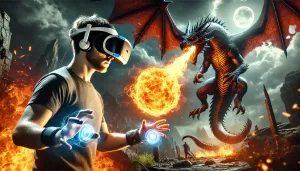This work analyses the decision‐making process underlying choice behaviour. First, neural and gaze activity were recorded experimentally from different subjects performing a choice task in a Web Interface. Second, choice models and ensembles were fitted using rational, emotional, and attentional features. The model’s predictions were evaluated in terms of their accuracy and rankings were made for each user. The results show that (a) the attentional models are the best in terms of its average performance across all users, (b) each subject shows a different best model, and (c) ensembles may perform better than single choice models but an optimal building method has to be found.
The experimental task was a choice experiment in which subjects were presented a Web interface and asked to choose a movie from a set with four alternatives. The movies were labeled with three attributes (see Table 2) that were chosen by a relevancy criteria: Genre, Novelty, and Price.
The Novelty attribute indicated whether a movie is new (Release) or not (Catalogue). As Novelty and Price were fully dependent, a Release Movie had always an associated cost, eight possible movie profiles could be created. Each profile was presented 10 times by each subject, so a total number of 80 movies were included on each trial. This set was finally structured in 20 choice situations with 4 stimuli on each one. So, a complete trial would generate 20 observations per subject (one for each choice situation).
Have you done Research with iMotions?
We want to do more for researchers. Please contact us if you have done research using the iMotions Software Platform and would like to be featured here on our publications list and promoted to our community.












